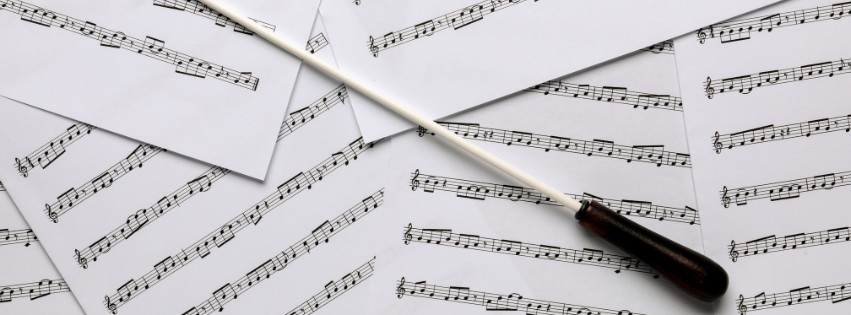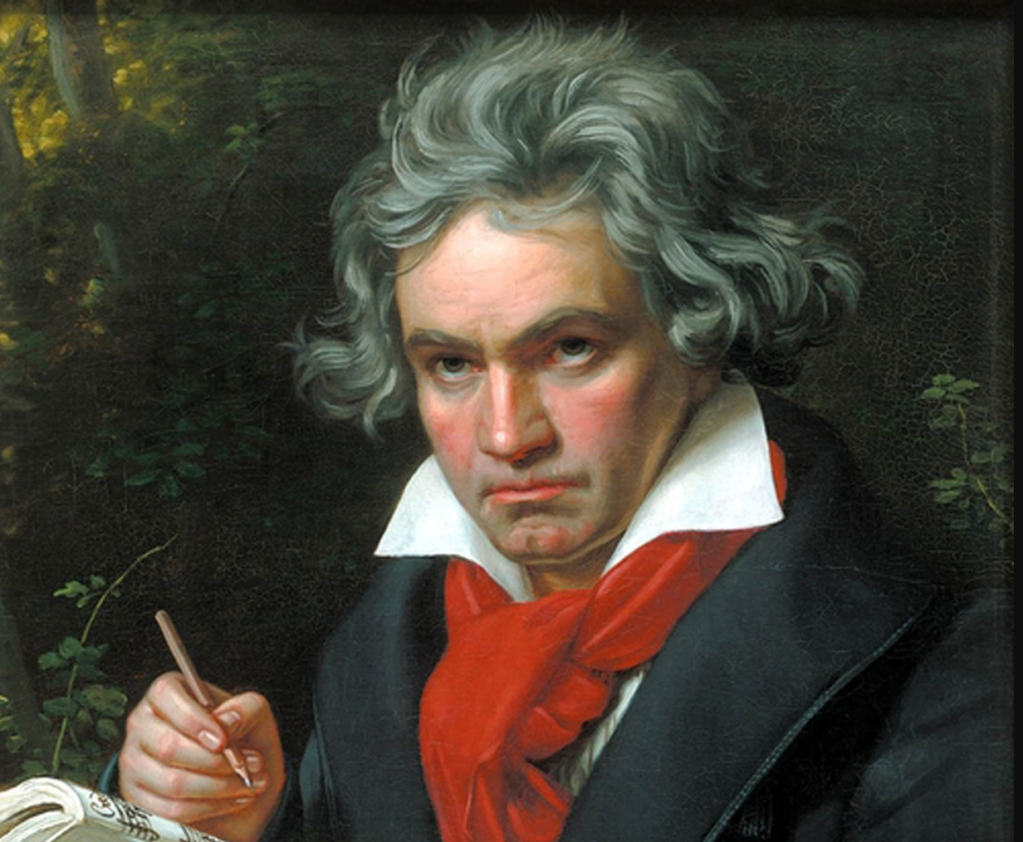In the history of American classical music, Margaret Bonds is one of the voices who has been stifled by racist and sexist prejudices for too long. Yet behind her story lies an extraordinary composer, a creative force who transcended racial and gender barriers to fashion a magnificent musical legacy.
Rooted in African-American culture, Bonds’ work weaves a complex and vibrant narrative that resonates with the struggle, resilience and unwavering expression of the Black voice in 20th-century America.
A musical youth
Born in Chicago in 1913, Margaret Bonds grew up in a bourgeois, intellectual family. Her father, Monroe Alpheus Majors, was a physician and writer who took an active part in the civil rights movement and founded a medical association for African-American physicians. He also worked as a writer and edited several African-American newspapers. Her mother, Estelle C. Bonds, was a musician and a member of the National Association of Negro Musicians. Her parents divorced when Margaret was barely 4 years old. She then took her mother’s last name.
Young Margaret exhibited precocious musical talent. Her mother taught her to play the piano from an early age, and she started composing when she was 5 years old. The young musician grew up in a stimulating artistic world, as her mother was the host of a number of African-American writers, musicians and artists at home. She then won a scholarship to the Coleridge Taylor School of Music, where her mother taught.
And at the age of 13, she began studying piano and composition with the great composers William Levi Dawson and Florence Price: ‘In Price, Bonds found a powerful role model who drew upon African American music and culture in her classical works. Bonds was also influenced by her Juilliard teachers Robert Starer and Roy Harris, among others.‘ (Gayle Murchinson, booklet of the album African Voices II, Kellen Gray, RNSO).

L’expérience du racisme à la Northwestern University
At the age of 16, Margaret Bonds attended the prestigious Northwestern University. This period was pivotal in Bonds’ development as an artist, as she was exposed to a wide range of musical styles, from European classical music to blues and jazz.
At Northwestern University, she was directly confronted with racism for the first time. While she was allowed to study there, she was not allowed to live on campus, use the facilities or the swimming pool. She recounts how traumatic this experience was, and how Langston Hughes’ poetry helped her cope:
‘I was in this prejudiced university, this terribly prejudiced place–I was looking in the basement of the Evanston Public Library where they had the poetry. I came in contact with this wonderful poem, “The Negro Speaks of Rivers,” and I’m sure it helped my feelings of security. Because in that poem he [Langston Hughes] tells how great the black man is: And if I had any misgivings, which I would have to have–here you are in a setup where the restaurants won’t serve you and you’re going to college, you’re sacrificing, trying to get through school–and I know that poem helped save me.’ (Source : Randye Jones, Afrocentric Voices in Classical Music)
Early success
Bonds’ career as a composer took off in the 1930s and 1940s, a period marked by social and cultural changes in the United States, as Ashley Jackson explains: ‘The career of Margaret Bonds extended from the 1930s through the 1960s, a period in which the nation’s cultural and political landscapes were dramatically shaped by the Harlem Renaissance, the Chicago Renaissance, and the modern civil rights movement.’ (Ashley Jackson, booklet of the disc Credo & Simon Bore the Cross, The Dessoff Choirs)
In 1932 Bonds first achieved success when she won the prestigious Wannamaker Prize for her melody Sea Ghost. The following year, she became the first African-American pianist to be invited by the Chicago Symphony Orchestra.
After graduating, she began working in Chicago as a pianist, composer and teacher, doing sometimes menial jobs to make ends meet. She opened a music school open for Black students, but unfortunately the school had to close after a while. In 1939, she won a scholarship from the National Association of Negro Musicians and moved to New York to study at The Julliard. A year later, she married Lawrence Richardson, with whom she had a daughter in 1946.
Working with Langston Hughes
In the 1940s and 1950s, Margaret Bonds worked in Harlem, the birthplace of the Harlem Renaissance. She combined teaching, composition and her work as minister of music at Mount Calvary Baptist Church. She made a name for herself writing popular melodies such as « Spring Will Be So Sad » (with Harold Dickinson) and « Peach Tree Street » (with Andy Razaf, a song featured in the film Gone with the Wind), as well as arrangements for African-American spirituals, such as ‘He’s Got the Whole World in his Hands’, recorded by famous singers like Leontyne Price, Kathleen Battle or Jessye Norman.
She then started collaborating with the poet Langston Hughes, whom she had previously met in Chicago in 1936, and whose poem The Negro Speaks of Rivers she had already set to music. Together they created several masterpieces, including The Ballad of the Brown King cantata.
The Ballad of the Brown King tells the story of Balthazar, the dark-skinned king who visited Jesus after his birth: ‘By establishing the dark-skinned king as a central character in the Christmas narrative, Bonds and Hughes radically gave “the dark youth of America a cantata which makes them proud to sing.’ (Dr Ashley Jackson) It is a remarquable work, that is quite unique in her output as it ‘incorporates the dramatic, Neo-Romantic style of her art songs with the charming simplicity of her spiritual arrangements, for which she is probably best known.’ (Ashley Jackson)
Among the most emblematic compositions of their collaboration are cycles of melodies on poems by Hughes, such as Songs of the Seasons and Three Dream Portraits. This piece reflects Bonds’ deep connection with African-American cultural heritage, and has been acclaimed for its emotional expression and harmonic richness.
At the same time, Bonds also worked in musicals, and founded the Margaret Bonds Chamber Society, whose mission was to perform the music of black composers. In February 1952, she made her debut as a pianist at New York’s Town Hall.
In the 50s, she also became involved in local cultural life: ‘Throughout the 1950s ad 1960s, Bonds stayed active in the community as an educator, and her pride in her African American musical heritage inspired her to become actively involved with local cultural organizations.’ (Dr. Ashley Jackson, booklet of the disc The Ballad of the Brown King & Selected Songs, Dessoff Choirs)
Last years
The death of Hughes in 1967 deeply upset Margaret Bonds. The last years of her life, spent in Los Angeles, were to be particularly fruitful in her career, but they were also scarred by alcoholism.
Margaret Bonds is now widely recognized for her work as a composer, and her music is regularly programmed in concert halls and on television and film.
Bonds also became involved with African-American arts organizations in Los Angeles and re-opened her own music school. She suffered a sudden heart attack in 1972 and died at the age of 59.
An African-American composer’s emblematic destiny
Margaret Bonds’ career was fraught with obstacles. As a black woman in a music world largely dominated by white men, she had to overcome institutional barriers and face persistent racial prejudice. Like Florence Price before her, she suffered double discrimination, as a woman and as an African-American.
Sexism in the music business was also a major obstacle for Bonds. Women, especially women of color, were often relegated to subordinate roles, and their artistic contributions were downplayed. Perhaps this explains why her popular compositions received more airplay than her classical ones.
Many of her works have unfortunately been lost, particularly her orchestral compositions. The Montgomery Variations (1964) is her only surviving orchestral composition. It is a work of great expressive power, representative of Margaret Bonds’ musical writing, as Gayle Murchinson explains:
‘Like her peer Harlem and Chicago Renaissance composers, Bonds draws upon the spirituals and jazz for melodic, harmonic, and rhythmic resources. This she couples with Western classical techniques such as counterpoint and traditional forms and genres. Also, the work engages with African American history.‘
The Montgomery Variations (1964) were composed as a tribute to Martin Luther King, Jr. following his visit to Montgomery, Alabama, in 1963, after the deaths of four little girls in a terrorist attack on a Baptist church. Inspired by the spiritual song « I Want Jesus to Walk with Me », this composition consists of a series of freestyle ruminations, each movement evoking a significant event in the civil rights struggle.
Throughout her life and career Margaret Bonds bravely and resolutely faced up to the racism and sexism of the society of her time. Her iconic works reflect a bold blend of musical styles, testifying to her creative genius. In celebrating her legacy, we pay tribute to an artist who inspired, and continues to inspire, generations of musicians to follow their own musical paths.


Laisser un commentaire